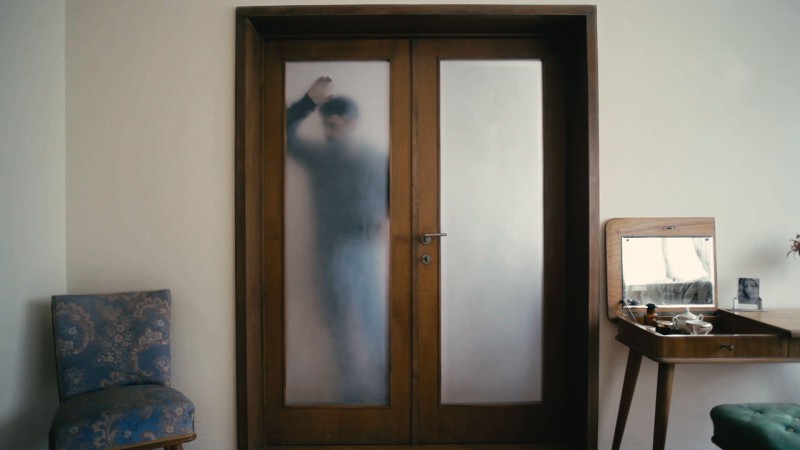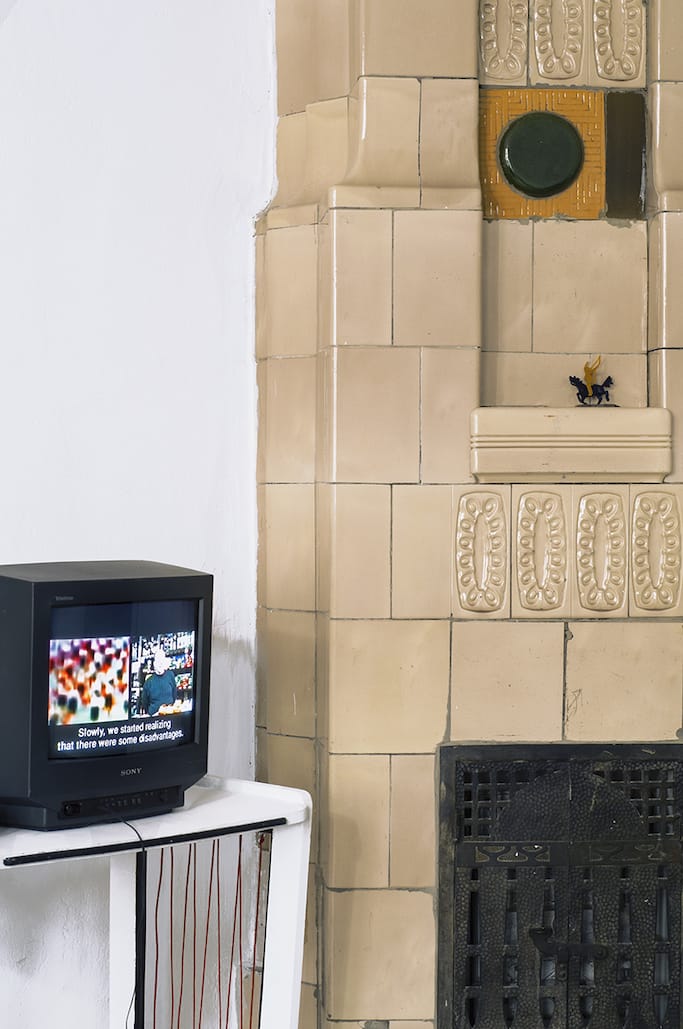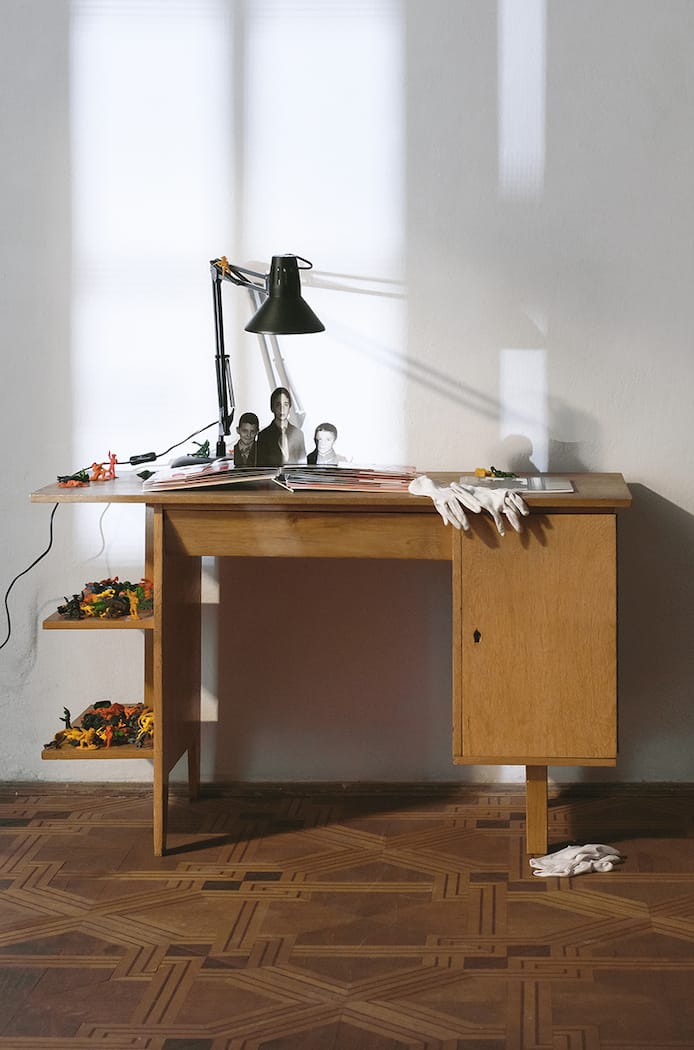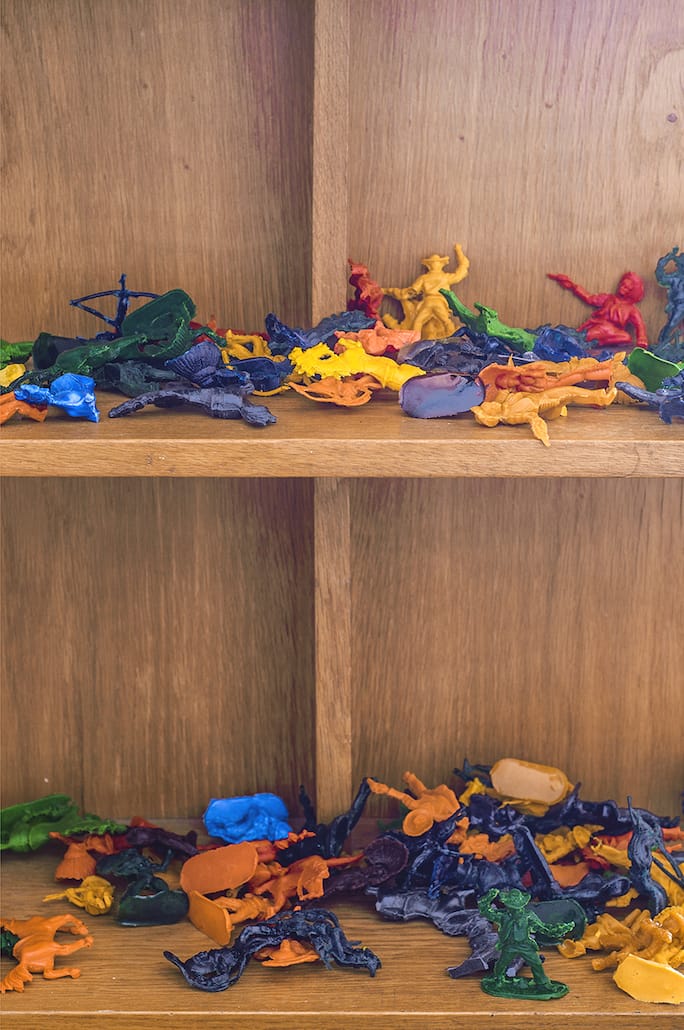Ştefan Constantinescu jest jednym z bardziej rozpoznawalnych i wyrazistych współczesnych artystów wideo. Jego prace są wystawiane zarówno w galeriach jak i prezentowane na festiwalach filmowych, gdzie często otrzymują nagrody lub wyróżnienia (np. na Documenta Madrid, DOCSDF w Meksyku, Semaine de la critique w Cannes). W 2009 artysta roku brał udział w 53 Biennale Weneckim, gdzie w Pawilonie Rumunii prezentowane było jego wideo Troleibuzul 92.
Constantinescu jest opowiadaczem. Jego zazwyczaj krótkie, kilkunastominutowe prace wideo, mogłyby być filmami fabularnymi, a raczej ich fragmentami. Jednak żaden z filmów nie kończy się jak klasyczna fabuła – zazwyczaj artysta pozostawia widza z nierozwiązanym problemem, jakby urwanym wątkiem, który możemy dopisać w wyobraźni sami. Fakt ten sprawia, że krótkie formy filmowe Ştefana Constantinescu zostają przedłużone o to, co wyobrażone lub dopowiedziane. Większość prac artysty dotyczy związku między dwojgiem ludzi – zazwyczaj widzimy tę relację w kryzysie – z rozmów lub działań aktorów domyślamy się, że kryzys ten narastał i zdecydowanie nie jest efektem, krótkotrwałego spięcia dwojga partnerów. Constantinescu w znakomity sposób dokonuje syntezy zarówno osobowości swoich bohaterów, jak i aktualnej sytuacji między nimi. Co ciekawe w wielu z tych filmów pojawia się wątek agresji, choć nigdy nie dochodzi do bójki czy szarpaniny. Artysta w sugestywny sposób przedstawia przemoc psychologiczną, która przejawia się wyłącznie na poziomie języka, a jednak jej oddziaływanie zdaje się być o wiele głębsze i bardziej długotrwałe od przemocy fizycznej.
Ştefan Constantinescu od kilku lat współpracuje z lokalem_30, ale dopiero teraz prezentujemy jego wystawę indywidualną, która jest jednocześnie jego pierwszą wystawą w Polsce. Zaprezentujemy prace filmowe z powstającego od 2009 roku cyklu Shades of Love.Troleibuzul 92 (2009) to przejmująca scena przedstawiająca przemoc werbalną, której mimowolnymi i biernymi świadkami stają się pasażerowie trolejbusu. Wiedeo zrealizowane zostało we w Rumunii. Z kolei Family Dinner (2012) jest filmem nakręconym w Szwecji i przedstawiającym szwedzką rodzinę oraz jeden wieczór z jej życia, którego monotonia doskwiera Maji partnerce Niklasa i matce Malin. Six Big Fish (2013) to krótka, tragikomiczna historia pary mającej skrajnie odmienne poglądy na temat moralności, okrucieństwa i humanitaryzmu. Przedmiotem ich sporu stają się bożonarodzeniowe karpie pływające beztrosko w wannie. Najnowsza praca Constantinescu On the Other Side (2015) jest bardzo oszczędnie poprowadzoną narracją, a właściwie jednym ujęciem dotyczącym oddalania się od siebie dwojga ludzi i niemożności komunikacji.
Na wystawie zostanie też zaprezentowany My Beautiful Dacia (2009) łączący w sobie cechy dokumentu socjologicznego z filmem artystycznym. W tym pełnym humoru godzinnym filmie Stefan Constantinescu portretuje społeczeństwo rumuńskie w momencie transformacji. Nośnikiem tej narracji staje się tu historia Dacii, samochodu będącego symbolem postępu i dobrobytu komunistycznej Rumunii, marki w 1999 roku kupionej przez francuski koncern Renault. Tej pracy będzie towarzyszyła książka z rodzaju „pop-up book” The Golden Age for Children (2008) z ironią, ale też nostalgią przedstawiająca komunistyczną Rumunię z perspektywy spędzonego w niej dzieciństwa.
Ştefan Constantinescu urodził się Bukareszcie w 1968. Od 1993 lat mieszka w Sztokholmie gdzie wyjechał w 1993 roku, ale bardzo często bywa też w swoim rodzinnym mieście. Akademię Sztuk Pięknych w Bukareszcie ukończył w 1996 roku, a w 1997 Szwedzką Królewską Akademię Sztuki. Swoje prace realizuje zarówno w Szwecji jak i w Rumunii. Brał udział w wystawach m.in. w Kalmar konstmuseum,Göteborgs konstmuseum, Kunsthalle Winterthur, Centrum Sztuki Współczesnej w Salonikach i Muzeum Współczesnym we Wrocławiu. Jego prace znajdują się w zbiorach takich instytucji jak: KIASMA w Helsinkach, Fondation Louis Vuitton pour la creation w Paryżu, Moderna Museet w Sztokholmie, Muzeum Sztuki Współczesnej w Bukareszcie i Malmö Museum of Contemporary Art.
————————————-
Ştefan Constantinescu is one of the most renowned and distinctive contemporary video artists. His works have been exhibited both at galleries and screened at film festivals, where they have garnered numerous awards and distinctions (e.g. Documenta Madrid, DOCSDF in Mexico, Semaine de la critique in Cannes). In 2009, the artist participated in the 53rd Venice Biennale, where his video Troleibuzul 92 featured in the Romanian Pavilion.
Constantinescu is a storyteller. His usually short, less than 20 minutes long video works could function as feature films, or rather their fragments. Yet, none of the films ends like a classic feature film. The artist most often leaves the viewer with an unsolved problem, akin to an interrupted narrative that we can finish ourselves in our imagination. Thus, short film forms by Ştefan Constantinescu become extended with content imagined and added by the viewer. The majority of the artist’s works concentrate on a relationship between two people – usually portrayed in a state of crisis. Actors’ conversations and activities allow us to guess that the crisis has been growing for some time and results from much more than just a short-lived clash between two partners. Constantinescu finds a perfect way to synthesise both the personalities of his protagonists and the current situation between them. Interestingly enough, many of the films feature aggression, even though beating or scuffles never occur. The artist suggestively portrays psychological violence, which manifests itself only at the level of language. And yet, its power seems to be much more profound and long-lasting than that of physical violence.
Ştefan Constantinescu has collaborated with lokal_30 for several years. Yet, Shades of Love marks his first individual exhibition, and the artist’s first individual presentation in Poland. The show embraces works from the cycle Shades of Love, developed since 2009. Troleibuzul 92 (2009) is a moving scene of verbal violence, involuntarily and passively witnessed by passengers of a trolleybus. The video was shot in Romania. In turn, Family Dinner (2012) was created in Sweden – the film presents a Swedish family and one evening from their life, whose monotony troubles Maja – Niklas’ partner and Malin’s mother. Six Big Fish (2013) is a short, tragicomic story of a couple that holds radically different views on morality, cruelty and humanitarianism. Their worldviews clash over Christmas carps swimming unconcernedly in the bath. Constantinescu’s latest work On the Other Side (2015) is a very austere narrative, a single shot that shows two people getting further away from one another, which portrays the impossibility of communication.
The exhibition also features the film My Beautiful Dacia (2009), which combines elements of a sociological documentary and artistic film. Brimming with humour, the hour-long film depicts the Romanian society during free market transition. The narrative concentrates on the history of Dacia, the car that became a symbol of Romania’s progress and wealth under the Communist regime – the brand was purchased in 1999 by the French automotive company Renault. Accompanying this work is a “pop-up book” The Golden Age for Children (2008). With irony, but also with nostalgia, the book depicts Communist Romania from the perspective of the childhood spent in that country.
Ştefan Constantinescu was born in 1968 in Bucharest. Lives in Stockholm since 1993, but he often visits his home city. Graduate of the Academy of Fine Arts in Bucharest in 1996, and the Royal Swedish Academy of Arts in 1997. Works both in Sweden and Romania. Participant in exhibitions at Kalmar konstmuseum, Göteborgs konstmuseum, Kunsthalle Winterthur, Centre for Contemporary Art in Thessaloniki and the Wrocław Contemporary Museum, among other venues. His works belong to collections of such institutions as KIASMA in Helsinki, Fondation Louis Vuitton pour la creation in Paris, Moderna Museet in Stockholm, Museum of Contemporary Art in Bucharest, and Malmö Museum of Contemporary Art.









